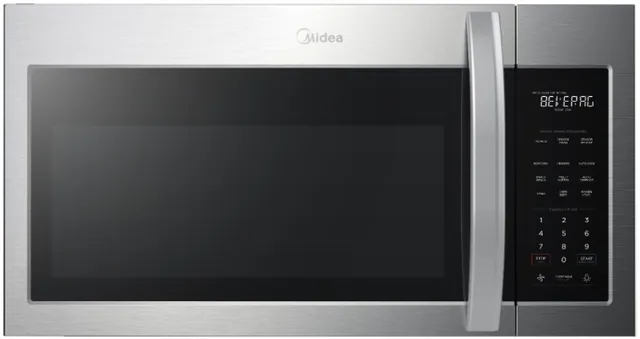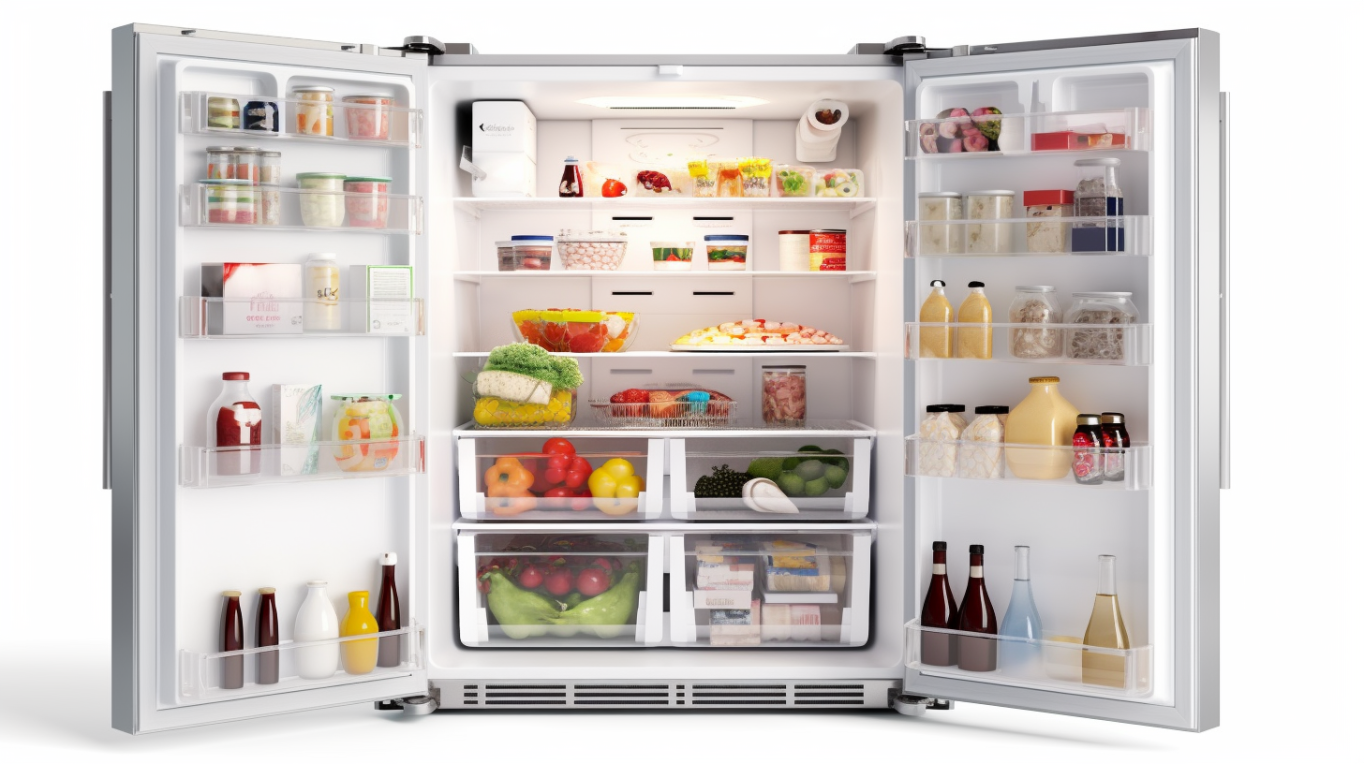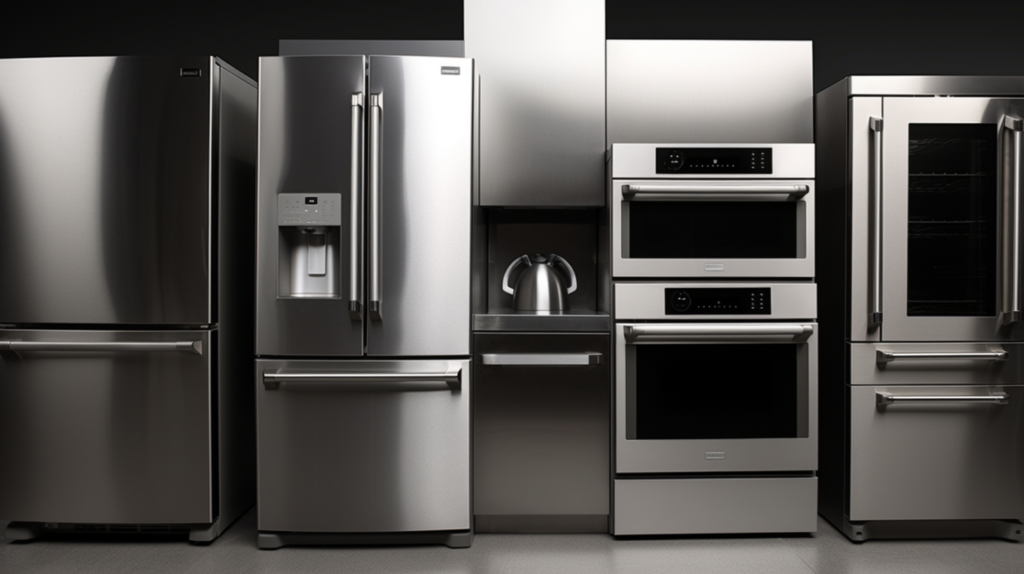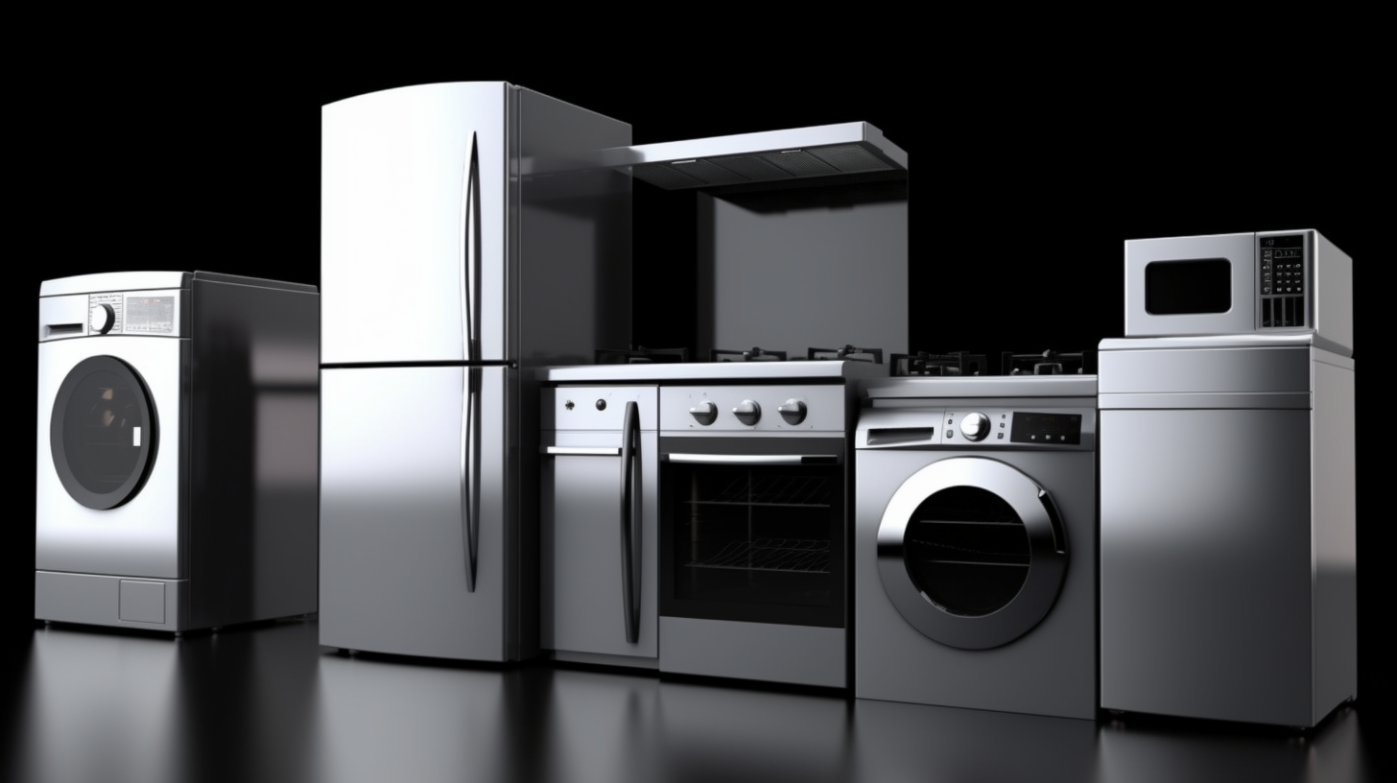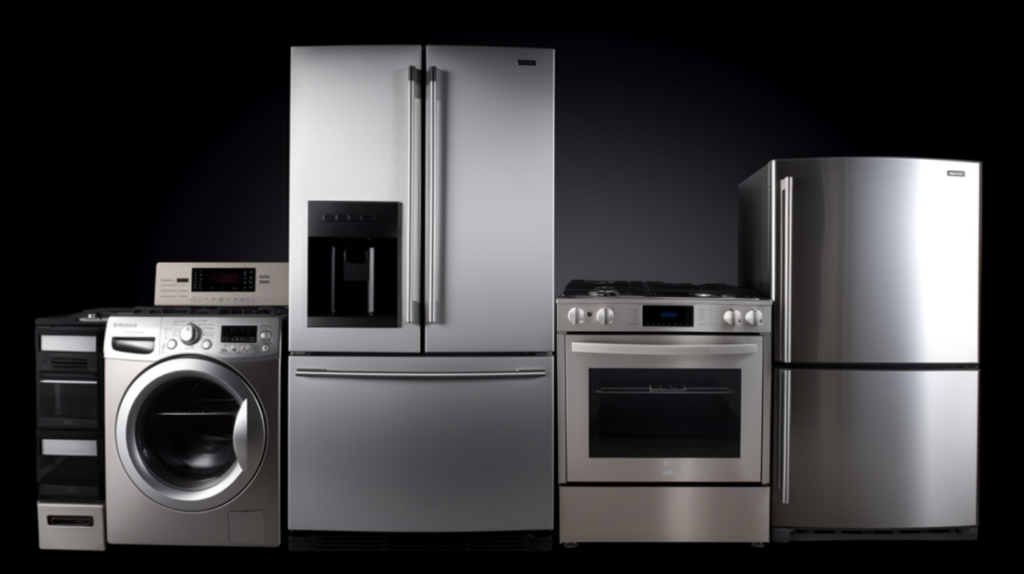
Starting a business blog can be an exciting venture, but securing the necessary funds to get it off the ground can be a daunting task. However, with the right approach and strategy, attracting investors to support your business blog is achievable. In this article, we’ll delve into a detailed guide on how to effectively secure investors for your business blog, covering essential steps and considerations along the way.
Define Your Business Blog Concept
Before seeking investors, it’s crucial to have a clear vision and concept for your business blog. Define your niche, target audience, content strategy, and unique value proposition. Investors want to see a compelling idea with a strong potential for growth and profitability.
Develop a Solid Business Plan
Craft a comprehensive business plan outlining your blog’s objectives, monetization strategy, revenue projections, marketing plan, and growth milestones. Your business plan should demonstrate a thorough understanding of your market, competitors, and potential challenges.
Build a Professional Online Presence
Establishing a professional online presence is essential for attracting investors. Invest in creating a polished website that showcases your blog’s concept, content, and value proposition. Leverage social media platforms to engage with your target audience and build credibility within your industry.
Bootstrap Initial Operations
Consider bootstrapping your blog’s initial operations to demonstrate viability and attract investors. Launch your blog with minimal resources, focusing on creating high-quality content and building an engaged audience. This early traction will make your blog more attractive to potential investors.
Network with Potential Investors
Networking plays a crucial role in securing investors for your business blog. Attend industry events, conferences, and networking forums to connect with potential investors. Utilize online platforms such as LinkedIn to identify and reach out to investors who have shown interest in similar ventures.
Prepare a Compelling Pitch Deck
Create a compelling pitch deck that highlights the key aspects of your business blog, including the problem you’re solving, your solution, market opportunity, competitive advantage, monetization strategy, and financial projections. Keep your pitch concise, engaging, and visually appealing to capture investors’ attention.
Seek Angel Investors and Venture Capitalists
Explore opportunities to pitch your business blog to angel investors and venture capitalists who specialize in funding early-stage startups. Research angel investor networks, seed funds, and venture capital firms that have a track record of investing in media and content-driven ventures.
Leverage Crowdfunding Platforms
Consider leveraging crowdfunding platforms such as Kickstarter, Indiegogo, or Patreon to raise funds for your business blog. These platforms allow you to showcase your concept to a wider audience and secure funding from individual backers who believe in your vision.
Be Transparent and Responsive
Transparency and responsiveness are key when interacting with potential investors. Be prepared to answer their questions, address their concerns, and provide regular updates on your blog’s progress. Building trust and credibility with investors is essential for securing funding.
Negotiate Terms and Close the Deal
Once you’ve attracted investor interest, negotiate terms that are favorable for both parties. Be prepared to discuss equity stakes, valuation, investor rights, and exit strategies. Work with legal advisors to ensure that the investment terms are fair and legally binding.
Conclusion
Securing investors for your business blog requires careful planning, strategic execution, and relentless persistence. By defining your concept, developing a solid business plan, building a professional online presence, networking with potential investors, and leveraging various funding sources, you can increase your chances of attracting the investment needed to fuel the growth of your business blog. Stay focused on delivering value to your audience and investors, and you’ll be well on your way to building a successful and sustainable business blog.


